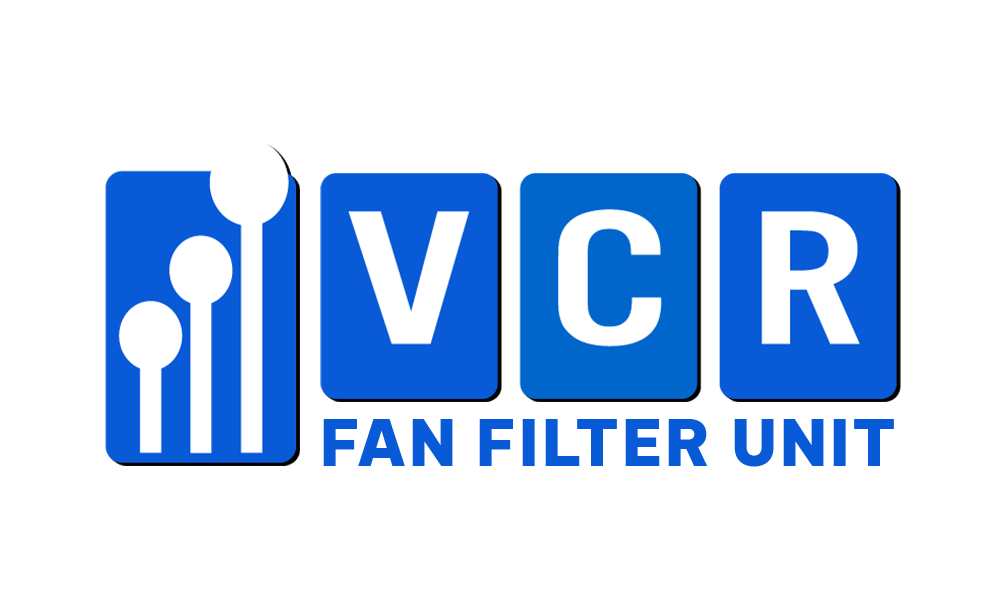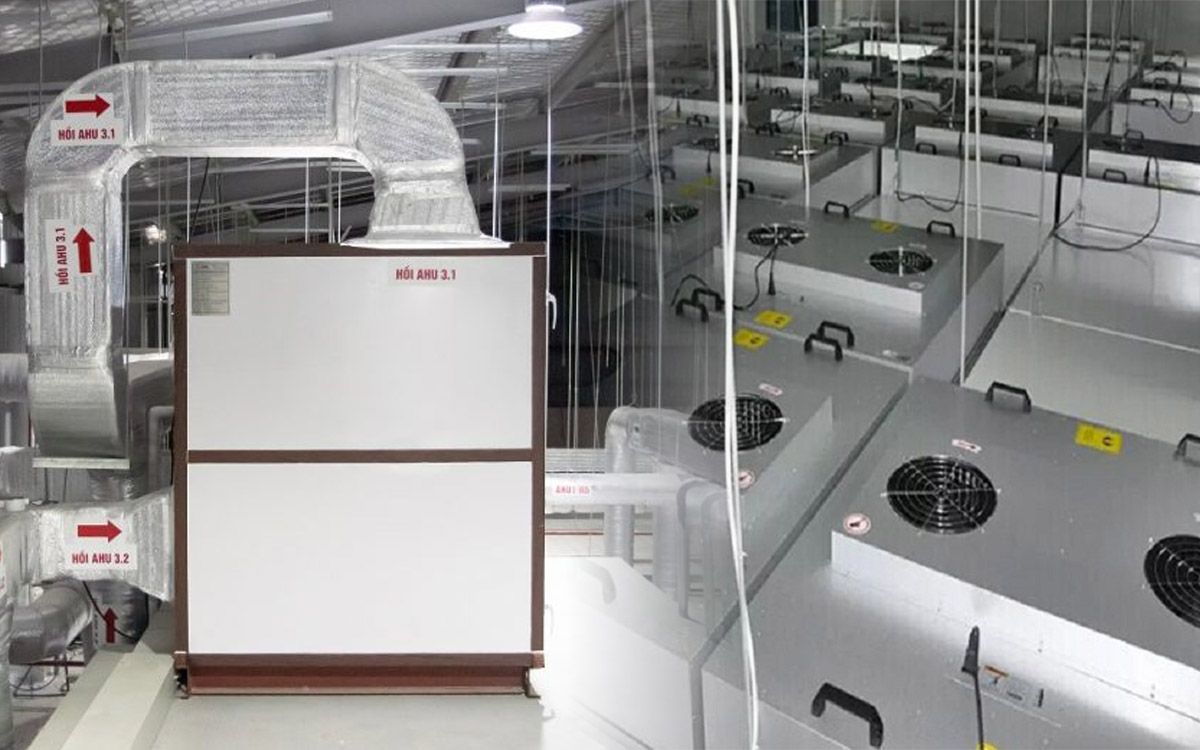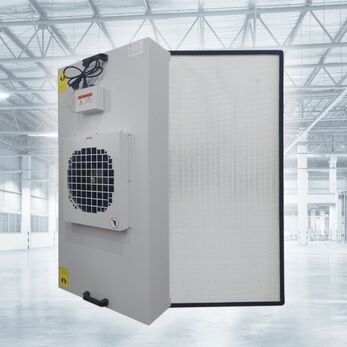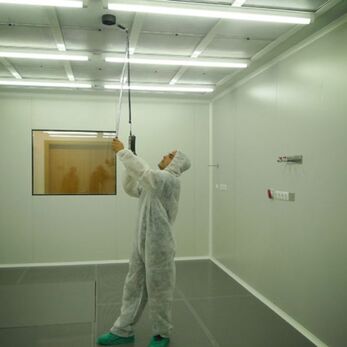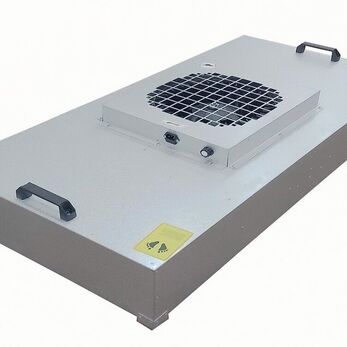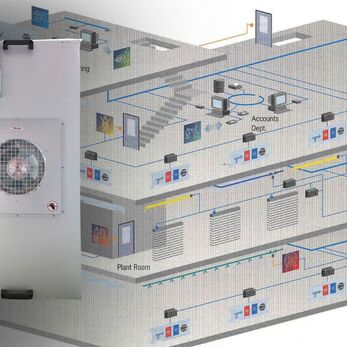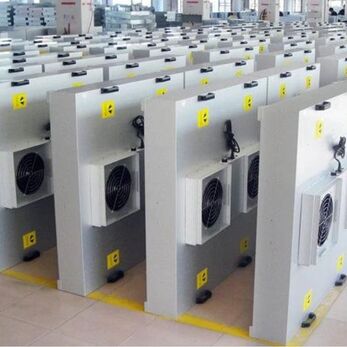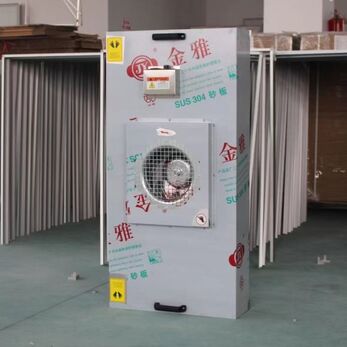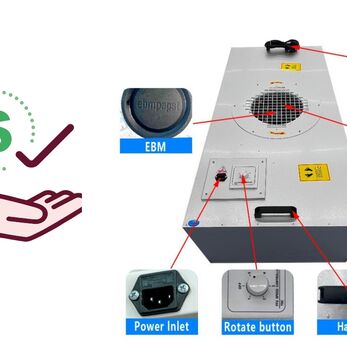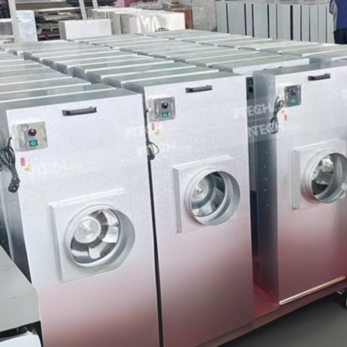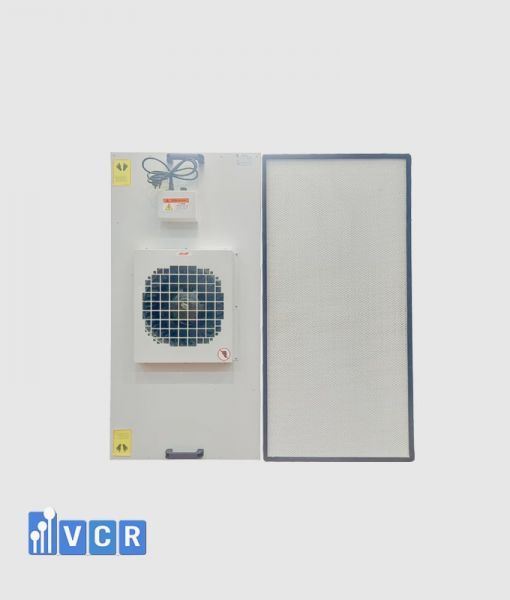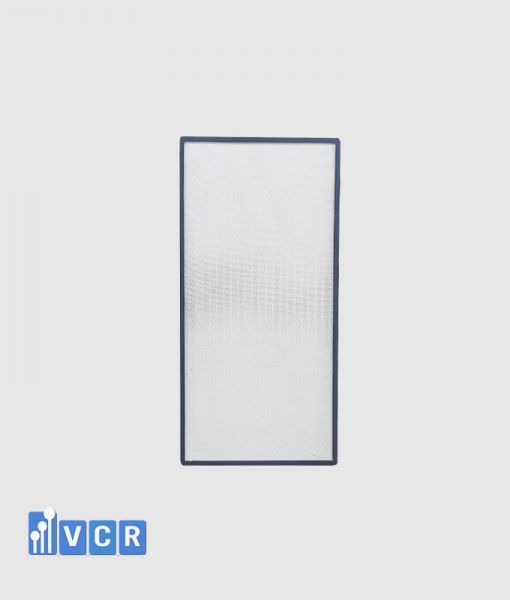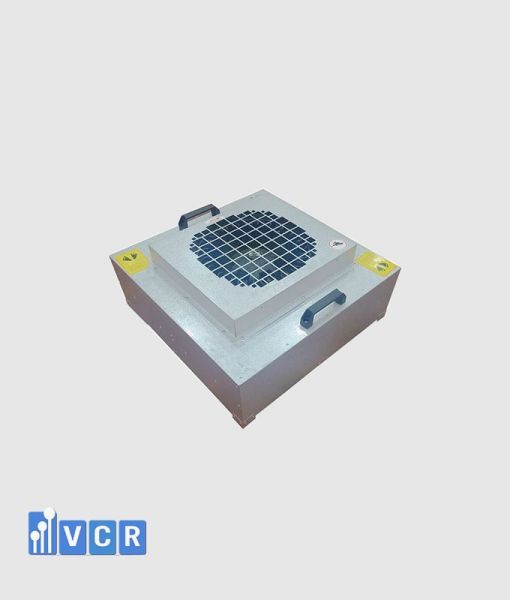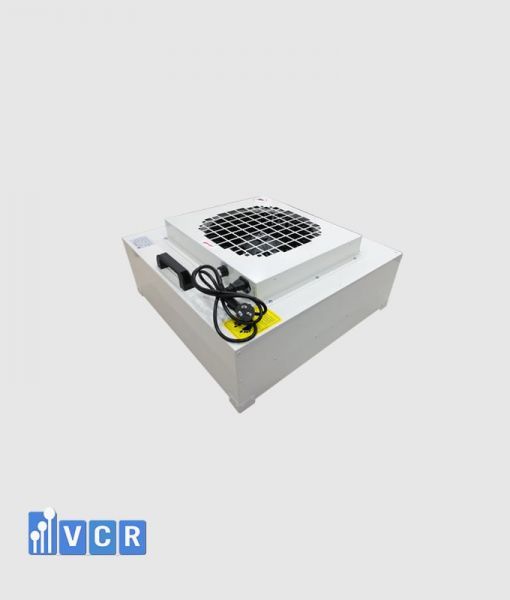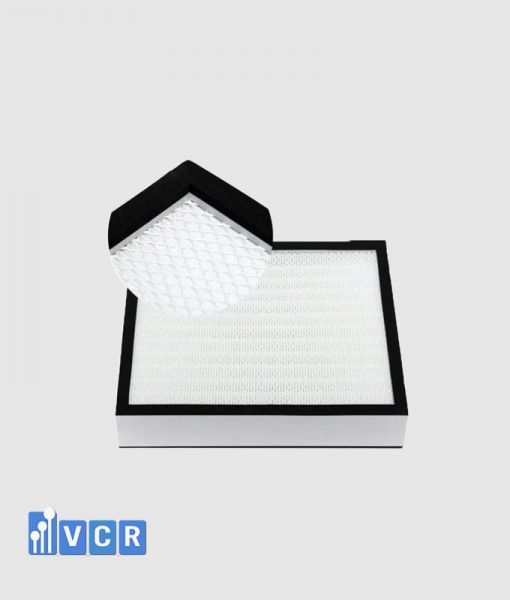The realm of cleanrooms necessitates meticulous control of air quality. Choosing the right filtration system hinges on a nuanced understanding of two key players: Air Handling Units (AHUs) and Fan Filter Units (FFUs).
This article dissects their differences and guides you towards an informed decision.
AHU: Centralized Powerhouse or Energy Guzzler?
Think of AHUs as the maestros of air conditioning. They condition, filter, and distribute air throughout the cleanroom. Imagine a central hub pushing air through a single, powerful filter. Simple AHUs cater to basic needs, while complex ones incorporate humidifiers, sound attenuation, and more.

Pros:
- Single point of control: Maintenance and monitoring are streamlined.
- Scalability: Suitable for large cleanrooms with moderate cleanroom classifications (e.g., ISO 8).
Cons:
- Energy-intensive: Pushing air across great distances consumes significant power, especially in lower ISO classes.
- Limited flexibility: Filtration and airflow are restricted.
- Filter vulnerability: Continuous operation is crucial to prevent filter loading upon restart.
See more: Fan Filter Unit vs Laminar Air Flow Unit
FFUs - Flexibility and Efficiency Reign Supreme
FFUs operate within the cleanroom itself, delivering individually filtered air directly. Picture a grid of self-contained units, each a mini-AHU. As needs evolve, adding or removing FFUs is a breeze.

See more: Fan Filter Unit Specifications
Pros:
- Modular and customizable: Size, airflow, and filters can be tailored to specific requirements.
- Highly efficient: Lower energy consumption due to localized filtration, especially in lower ISO classes.
- Easy maintenance: Individual units allow for targeted intervention without disrupting the entire system.
- Enhanced filtration: Ideal for sensitive applications requiring utmost particle control (e.g., ULPA filters).
Cons:
- Higher initial cost: The sheer number of FFUs required in highly classified cleanrooms translates to a higher upfront investment.
- Potential for uneven airflow: Careful planning and installation are crucial to ensure uniform air distribution.
See more: Selection Fan Filter Unit for Cleanroom
The Verdict: A Collaborative Effort, Not a Solo Act
Neither AHUs nor FFUs operate in isolation. The optimal solution often lies in a synergistic combination. Here's how they can complement each other:
- AHUs handle basic conditioning and pre-filtration, reducing the burden on FFUs.
- FFUs provide localized, high-efficiency filtration near sensitive areas or equipment.
Remember: The ideal balance depends on your specific cleanroom requirements, budget, and desired level of control. Consult with experts to identify the most suitable air filtration strategy for your unique needs.
Additional Considerations:
- Cleanroom classification: Lower ISO classes often necessitate FFUs for efficiency and compliance.
- Room size and geometry: Complex layouts might benefit from a combination of AHUs and FFUs.
- Heat generation: Large equipment or processes within the cleanroom might require additional cooling capacity from the AHU.
By understanding the strengths and limitations of both AHUs and FFUs, you can create a cleanroom environment that ensures optimal air quality, operational efficiency, and cost-effectiveness.
See more: FFU vs. HEPA Box


